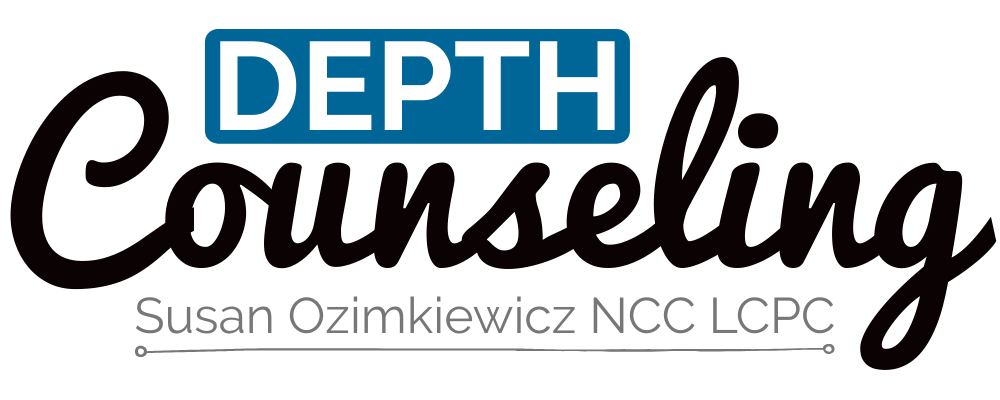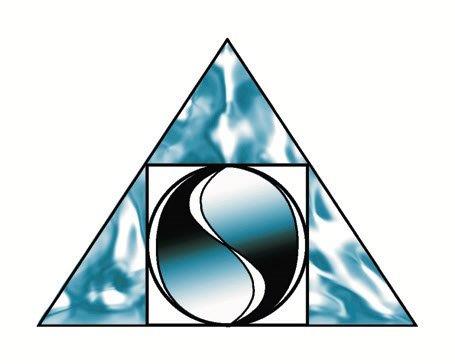Wait and See
“Waiting is almost an actionless action: the action of inaction, the suspension of movement, the anticipation of action rather than action itself.” ─ Diane Elam, “Waiting in the Wings,” Acts of Narrative
This type of wait and see attitude may be about waiting for the door to open with an opportunity. A new prospect and a break in the status quo can create the chance to step out into a fresh phase of your life. Perhaps for a long time, there were no opportunities available to take any kind of action. The person in that situation puts off starting any new endeavors, as life seems at a standstill.
On occasion, a client has said to me, “I am tired of waiting or I don’t know why I wait, but I am still waiting.” Sometimes a person doesn’t even know what they are waiting for. It feels like they can’t just think on their feet and decide to make an adjustment or a change. They might say, “Wait a minute.” At the same time, as they wait for some type of thought or signal to get going or come into their mind, it can feel to them as if grass is growing up under their feet. Even though delay is not a denial, if “it” doesn’t happen there is only the wait. A person may wonder and ponder as they try to figure out what in the world are they waiting for.
Often there can be an expectation that something might happen. There might be the hope that another person will save, rescue, and fix your situation. Someone will just tell you what to do. This stagnant situation can produce the sensation of being locked up and captured in a personal restrictive atmosphere. This may include a feeling of hiding and not wanting to be seen. This period of time, a postponement of life, might be filled with being on the lookout for a deliverance.
The soulful song sung by Sarah Brightman – Deliver Me describes this deep longing.
Deliver me, out of my sadness
Deliver me, from all of the madness
Deliver me, courage to guide me
Deliver me, strength from inside me
All of my life I’ve been in hiding
Wishing there was someone just like you
Now that you’re here, now that I’ve found you
I know that you’re the one to pull me through
Lyrics ─ Jon Marsh/Helena Marsh
Deliverance
“ I was standing there, waiting for someone to do something, till I realized the person I was waiting for was myself.” ─ Markus Zusak, Underdog
The etymology for the word wait (v.)c. 1200, gives many hints as to the solution. It means “to watch with hostile intent, lie in wait for, plot against,” from Anglo-French and Old North French waitier “to watch” (Old French gaitier “defend, watch out, be on one’s guard; lie in wait for;” Modern French guetter ), from Frankish *wahton or another Germanic source, from Proto-Germanic *waht- (cognates: Dutch wacht “a watching,” Old High German wahten , German wachten “to watch, to guard;” Old High German wahhon “to watch, be awake,” Old English wacian “to be awake;” General sense of “remain in some place” is from late 14c.; that of “to see to it that something occurs” is late 14c. Meaning “to stand by in attendance on” is late 14c..
Psychologically speaking waiting is a feminine, receptive energy in both men and women. The purpose and meaning of the wait is really about being with and discovering yourself. This includes cultivating the energy and inner strength to release yourself back into living your individual life. It is about being alert, awake, and aware while you watch and attend to your own life’s deliverance. Setting yourself free requires the need to be readily available for someone or something to connect with you. When the time is right the door opens onto a new awareness, possibility or idea. What will it take to stop waiting and step through the exit gate into something new?
“I hate the waiting room. Because it’s called the waiting room, there’s no chance of not waiting. It’s built, designed, and intended for waiting. Why would they take you right away when they’ve got this room all set up?” ─ Jerry Seinfeld, attributed , The Mammoth Book of Comic Quotes
© Ozimkiewicz

Signup for Newsletters and Updates
Subscribe
Thanks for subscribing.
Oops, there was an error sending your message. Please try again later.
All Rights Reserved | Susan Ozimkiewicz NCC LCPC




